During 2022, we finally saw two APS-C cameras with an RF mount, both the Canon EOS R7 and Canon EOS R10 have been very well received and are very polished and capable products.
There have been a lot of reports over the last few months about a Canon EOS R100, which would be geared towards fans of the Canon EOS M system, and customers looking for a small and lightweight ILC camera.
We are now hearing about another planned entry level RF mount APS-C camera that would come in below the Canon EOS R100. Let’s call it the “R1000” until we hear otherwise.
Will Canon keep the “Rebel” brand alive for the RF mount? We’re actually a bit out of the loop as to whether or not the name “Rebel” carries the same weight as it did a decade ago. Time will tell.
There are no specifications or a timeline available at this time.
|
When you purchase through links on our site, we may earn an affiliate commission. Here's how it works. |


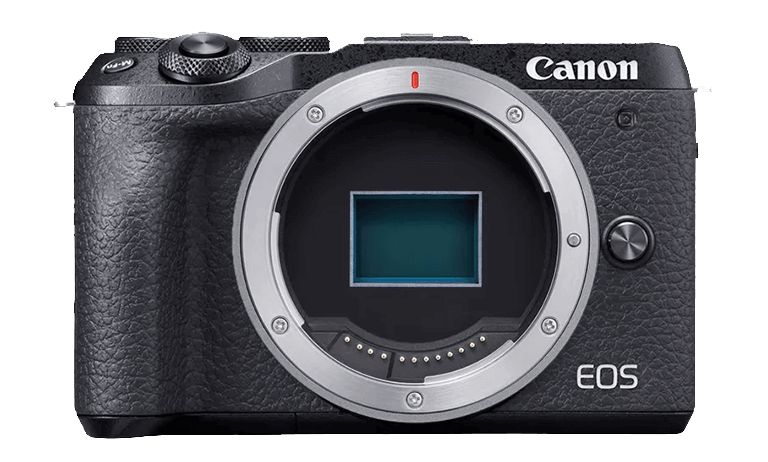
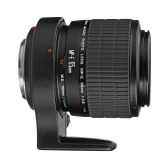

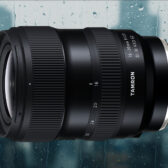
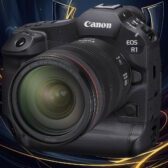
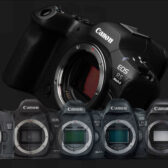

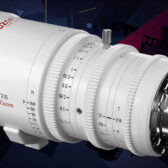


How else should Canon gain new customers?
(except for the fact, that this market segment is absolutely dead and shifted over to cells. But this is something Canon should have researched)
Personally, I would like to see a similar naming in all regions of the world (as a European, I'd prefer the Rx000 naming ;) ).
But it would come with less functionality, e.g. reuse of old 24 MP sensor and old DIGIC sensor, only HD vid, 5to 10 fps only, etc. ...
(everything, prosumer people, like us, would love to complain about ;) )
Come to think of it, Canon needs more RF lenses too.
It would be this kind of overkill: $$$$$$$$$$
The 7 D II was affordable, the R1 will be super expensive to use it as an APS/C most of the time. Anyway, Canon must have done some serious market-analysis to check whether there could be a demand for a higher-end APS/C, like an EOS R 7 II.
Our wishes won't necessarily correspond to sales figures...
And more importantly, a cheap camera needs cheap lenses.
See full article...
Canon's long-term plan seems to have been to promote FF models to pros and serious enthusiasts, and to "downgrade" all APS cameras to novice models. The R7 e.g. outperforms the 7D series in almost every regard, but is priced as a novice camera and lacks several features (third control dial, integral vertical grip, high build quality etc) that are expected by most pros.
It's probably also been Canon's long term plan to gradually phase out the popular M series and replace it with pocketable RF models. Just because a camera is popular and profitable doesn't guarantee it will be continually upgraded, it's more rational to switch everything over to a common mount.
As with the M series, I think it very unlikely that they'll make more than half a dozen RF-S lenses, as *most* of the target buyers of the "R50" etc will probably only want/need a kit zoom and a pancake wide-angle.